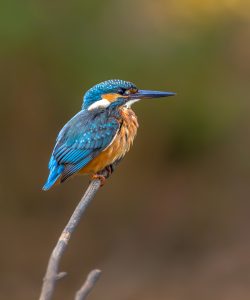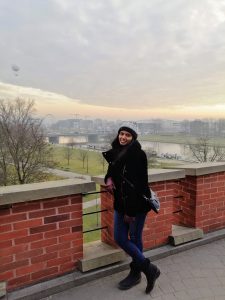Virtual Rights of Nature talk: attitudes and challenges
On Tuesday 17th November 2020, the Introduction to Rights of Nature talk was hosted by the students at King’s College London Legal Clinic and University of York Legal Clinic. The panel members were Sir Crispin Agnew QC and Tom Brennan from ELF and the talk focused on the concept of giving rights to nature. Upon attending this event, I realised that winning cases for the benefit of the environment is difficult due to a fundamental legal problem: the lack of rights given to nature. I had always assumed that the difficulty with environmental law is it’s a new area that is yet to be developed, however, it was clear from the panellists’ view that the problem is not simply the lack of case law or legislation, but the lack of understanding of our own legal viewpoints, where natural entities are concerned.

Sir Agnew began the talk by discussing how the legal landscape today is still anthropocentric, which leads to difficulties when protecting natural entities such as, trees, rivers and animals. He elaborated on this inability to defend natural entities, unless you own them as property, since in the eyes of the law, natural entities do not have legal rights. Recognising the legal rights of natural entities, will allow the public and lawyers to defend them in their own right, not having to require owning them as property.
Besides, challenging a decisionmaker’s verdict is already difficult, since the only means of challenge is judicial review and this is severely limited. With a lack of recognition of rights, defending natural entities becomes ever more challenging. Judicial review cases have a significantly low success rate for claimants, for a variety of reasons. Sir Agnew stated:
“In Scotland, only 18% of judicial review cases against planning authority decisions are successful and 12% are judicial review brought by developers for refusing to grant planning permission”
This suggests that only 6% of judicial review cases against planning authorities, brought by non-developers, succeed. This highlights the difficulties in challenging planning authority decisions, some of which can be attributed to the lack of recognition of legal rights of natural entities.
Tom Brennan went on to discuss the more philosophical concepts within an Earth centred legal system. He described the difference in Western attitudes towards nature conservation compared to attitudes demonstrated by indigenous civilizations, which can be identified from their use of language. He said:
“In English, 70% of the language is noun based, and 30% of the language is verb based. Whereas, in indigenous languages, 70% of the language is verb based and 30% noun based.”

This difference in language stresses how a Western civilization refers to natural entities as objects, in contrast to indigenous groups referring to natural entities as living beings. This contrast in attitudes is reflected in the today’s legal system, which struggles to identify the rights of nature. However, there has been a growing change in these attitudes, which is demonstrated by the European Commission Birds Directive (2009/147/EC) and other similar directives, which are all steps in the right direction. Therefore, it is more vital now that like-minded environmental lawyers can bring about lasting change in the legal system, where it concerns rights of nature.

This virtual event allowed people from across the country to attend and produced a wonderful opportunity for aspiring environmental lawyers, like myself, to hear from and question the panelists, with their wealth of knowledge in this area.
Many thanks to Chatura Saravanan for this review of the Rights of Nature event. Chatura is a GDL student at City Law School and a member of the Lawbore journalist team.
She is an aspiring barrister, with a keen interest in planning and environmental law.
